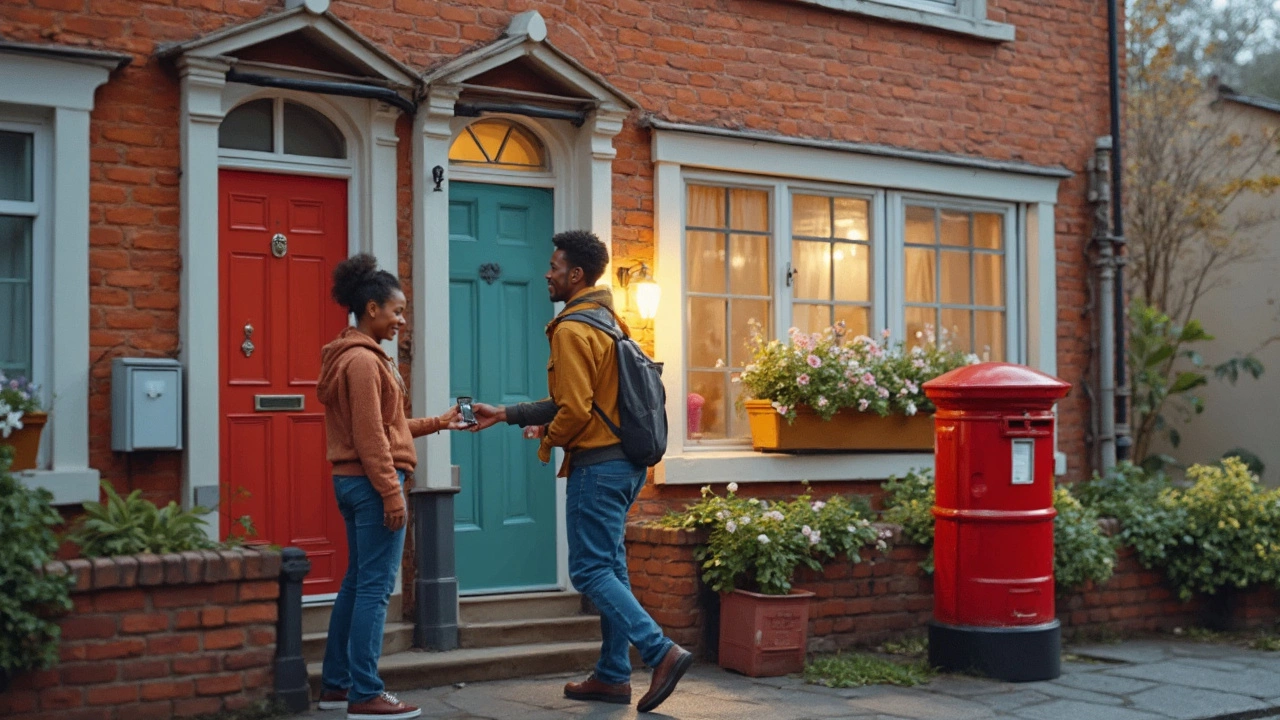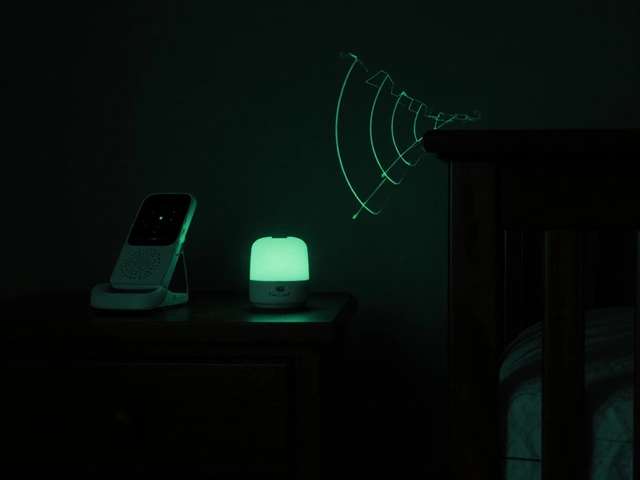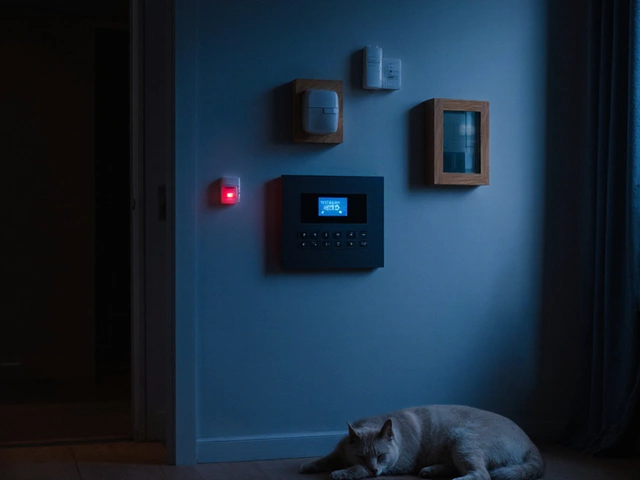How Ring Works: Simple Guide to Ring Doorbells and Cameras
Got a Ring doorbell or camera and wonder what actually happens when someone presses the button? Below is a no‑nonsense rundown of how Ring works, what you need to set it up, and which features matter most for keeping your home safe.
What the Ring System Does
At its core, Ring is a Wi‑Fi‑connected device that records video whenever it detects motion or when you manually press the button. The video is sent to the Ring app on your phone, tablet, or computer, so you can see who’s at the door in real time. If you have a subscription, the clips get saved to the cloud for later review; without a plan, you still get live alerts but only short video snippets are stored locally for a few minutes.
Key Features You Should Know
Live view and two‑way talk. When the doorbell rings, you get an instant push notification. Tap the alert, and you can see a live video feed and speak through the built‑in microphone to greet visitors or scare off a potential intruder.
Motion detection. Ring’s PIR sensor picks up movement and triggers a recording. You can set motion zones in the app so the device only alerts when someone approaches the door, not when a cat wanders by.
Battery vs. wired power. Some models run on a rechargeable battery that lasts several months, while others need a 16‑24 V transformer wired into your existing doorbell circuit. Battery units give you flexibility, but wired units never run out of juice.
Subscription options. The Ring Protect Plan adds cloud storage, video sharing, and advanced motion alerts. If you skip the plan, you still get live alerts, but you lose access to longer clip history and some smart alerts like person detection.
Integration with other smart devices. Ring works with Alexa, Google Assistant, and other home hubs. You can ask Alexa to show the live feed on a smart display or set up routines that turn on lights when motion is detected.
Setting up Ring is straightforward: download the app, scan the QR code on the device, connect it to your home Wi‑Fi, and follow the on‑screen prompts to finish. Make sure your router provides a strong signal at the front door; a weak connection leads to choppy video or missed alerts.
Security-wise, keep your firmware up to date and use a strong, unique password for the Ring account. Enabling two‑factor authentication adds an extra layer of protection against hacking attempts.
Overall, Ring gives you real‑time visibility, the ability to talk to visitors, and optional cloud storage for peace of mind. Whether you choose a battery‑run model or a wired one, the system works the same way: detect motion, record video, and push alerts straight to your phone.
Ready to get the most out of your Ring device? Start by adjusting motion zones, pick the right power source for your home, and decide whether the Protect Plan fits your budget. With these basics in place, you’ll know exactly how Ring works and how it can help keep your home secure.



